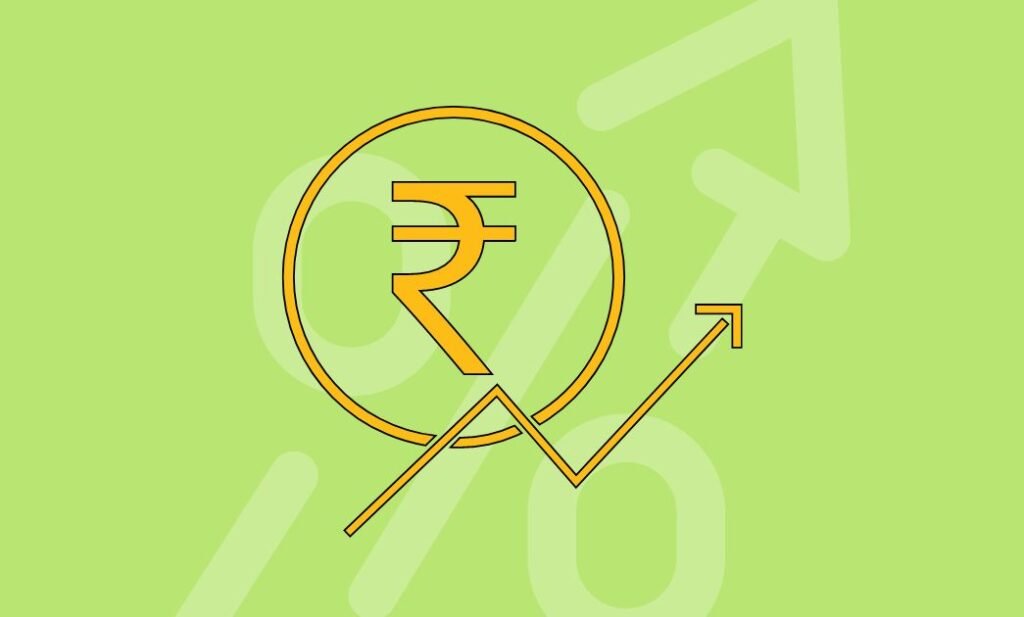RBI is in the headlines again!
Reason – RBI, India’s central bank, decided to take a breather from their rate hike frenzy.
Yes, that’s right. To combat inflation and the upset caused by Covid-19, RBI has been hiking repo rates. Now, in simpler terms, the repo rate is the interest rate at which RBI lends to commercial banks. Higher rates make borrowing expensive and can hamper investor confidence.
So, why has RBI suddenly reversed its stand? Let’s find out!
RBI leaves repo rate unchanged at 6.5% – Impact on the market
Before we get into the nitty and gritty of why RBI has not hiked rates this time, let’s revisit the timeline of rate hikes since March 2020.
| Month | Repo Rate |
| February 2023 | 6.50% |
| December 2022 | 6.25% |
| September 2022 | 5.90% |
| August 2022 | 5.40% |
| June 2022 | 4.90% |
| May 2022 | 4.40% |
| October 2020 | 4.00% |
| August 2020 | 4.00% |
| May 2020 | 4.00% |
| March 2020 | 4.40% |
Table taken from – https://www.basunivesh.com/rbi-repo-rate-history-from-2000/
When Covid-19 hit in March 2020, the repo rates stood at 4.40%. But considering the fear and uncertainty (and to boost sentiment), RBI cut the rate by 40 basis points to 4.00%. It maintained this rate for more than 2 years, till May 2022! However, since then, the RBI has increased the repo rate six times by 250 basis points (2.5 percentage points). Repo rates went from 4% in April 2022 to 6.5% in February 2023. The rate hike was in tandem with global uncertainty, US Fed raising interest rates, the Ukraine-Russia war and threats of global inflation and recession.
But, on 8th June 2023, RBI Governor Shaktikanta Das stated that it is keeping the interest rate unchanged at 6.5%. A big reason for this was that RBI feels the inflation is now under control. For context, in April 2022, inflation got a bit out of hand, shooting up to a whopping 7.79%, way beyond the RBI’s comfort zone. For the month of June 2023, the inflation rate sits at much reduced 4.81%
All said, Das also pointed out that this decision was a ‘pause and not a pivot’, implying that if uncertainty, in any manner whatsoever, increased, it would not hesitate to hike rates again.
As RBI hit the brakes on the rate hike, the markets broke into slight euphoria – Nifty 50 and Sensex went up by 0.2%, and the Nifty Bank index gained 0.3%. But, but, the bond market did not reflect the same emotion. Naturally, rate cuts or persistent rates make bonds less attractive
Will RBI’s pause on interest rate hikes continue?
Now that’s a good question! The experts have different opinions about what the RBI might do with interest rates.
Some economists think the RBI will take a break from increasing interest rates for the remaining year because the economy is cooling down. They even predict that the RBI might start reducing rates in October 2023 since inflation is slowing down, as pointed out above. Analysts also point out that the RBI has already raised rates by 250 basis points since May 2022 and that pushing rates any higher can hurt consumer and business confidence and slow economic recovery.
But again, not everyone agrees with this!
Some analysts warn that if inflation stays above the RBI’s target range of 4% (plus or minus 2%) or there are more uncertainties in the global economy, the RBI might return to its rate hike party, as stated earlier by Das. Many economists expect another 50-basis point increase. Their reasons are based on persistent inflationary pressures, a strong economic recovery, and the need to keep the financial system stable.
So, will there be a rate hike? – Our guess is as good as yours!
Conclusion
The RBI’s interest rate decisions depend on various factors, such as the inflation rate, the economic growth rate, the exchange rate, the global financial conditions, and the government’s fiscal policy. Ultimately, the RBI’s interest rate path will depend on how the inflation and growth dynamics evolve in the next few quarters and how the external and domestic risks materialise. The RBI has stated that it will remain vigilant and data-driven in its monetary policy stance and balance its price stability and growth support objectives.
